Our homes have moved on since the ‘60s, but there are some charming items that we sometimes wish hadn’t been left behind. It was a time of innovation and interesting color combinations for home decor. Here are 17 items that households across America loved during the ‘60s.
Rotary Phones
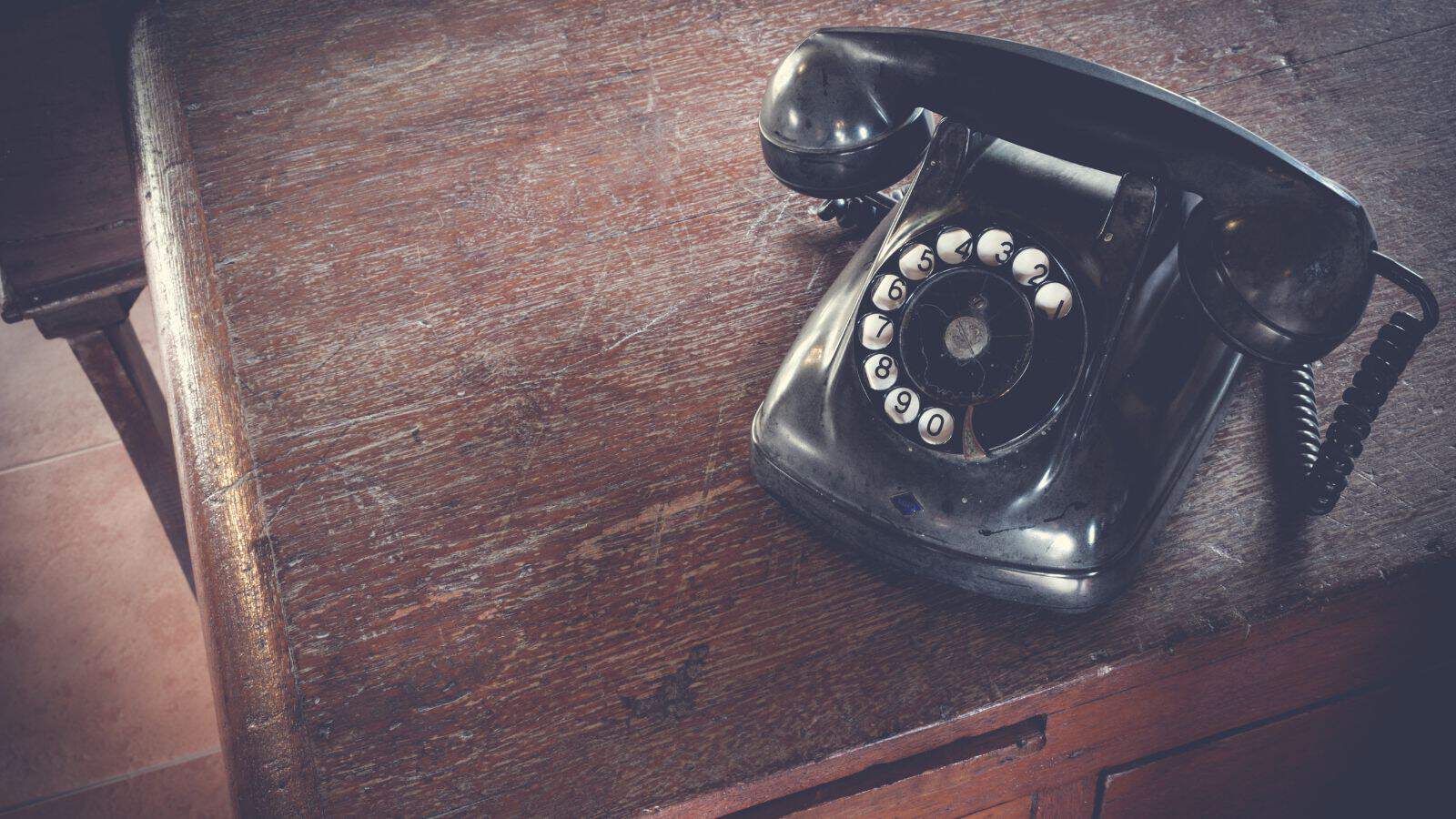
Before smartphones or modern landlines, the rotary phone was the device of choice for communication in the ‘60s. According to Britannica, “the traditional rotary dialer” was “invented in the 1890s” and “push-button dialing” was “introduced in the 1960s.” As such, business was still booming for rotary phones in the ‘60s.
Lava Lamps
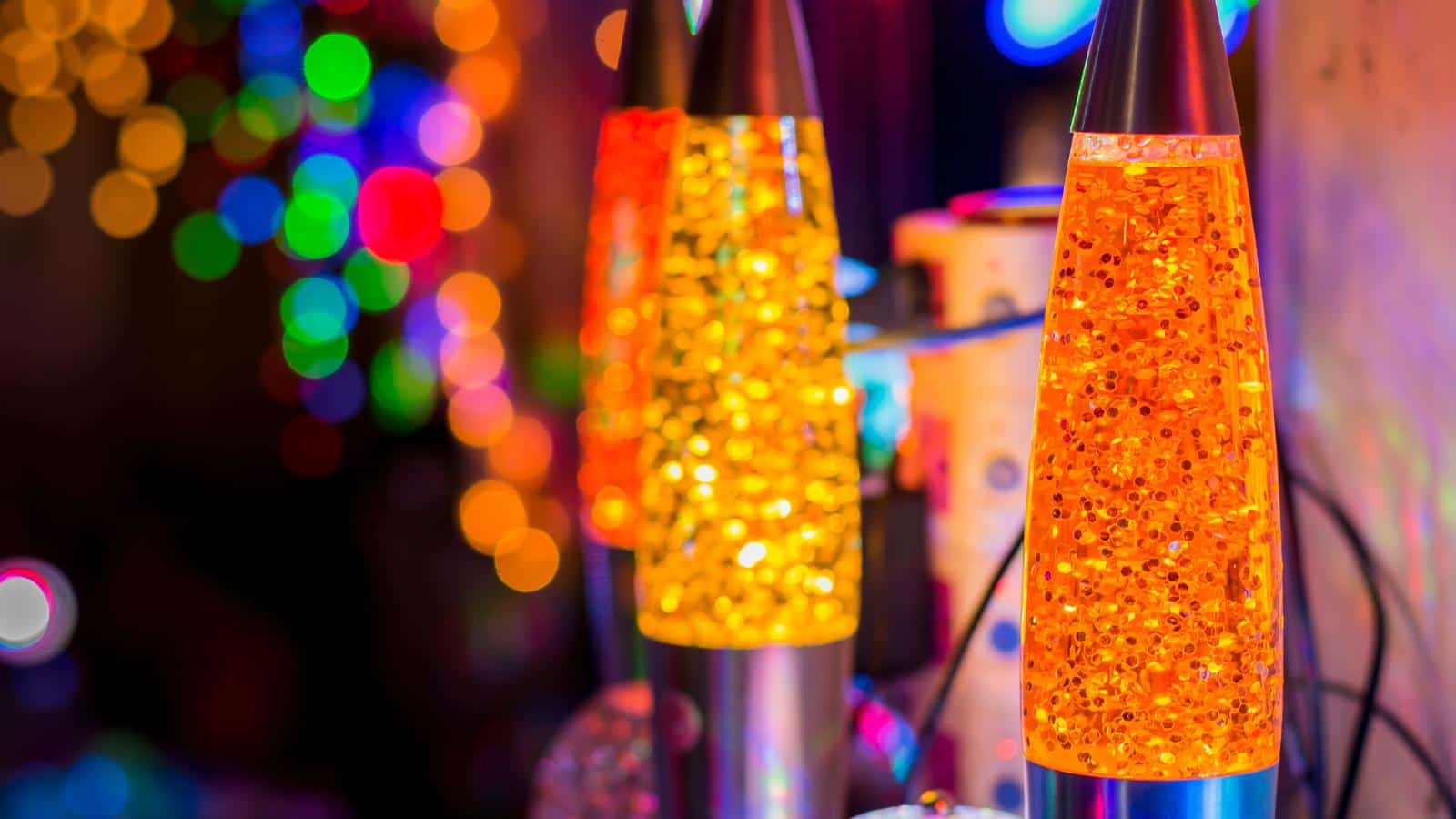
This relaxing piece of home decor was invented in the ‘60s, so it’s no surprise that it found its way into many American homes. Some of us still have a lava lamp in the house today. This enduring item was beautiful and symbolized the counterculture and psychedelic movement in the ‘60s.
Console Record Players
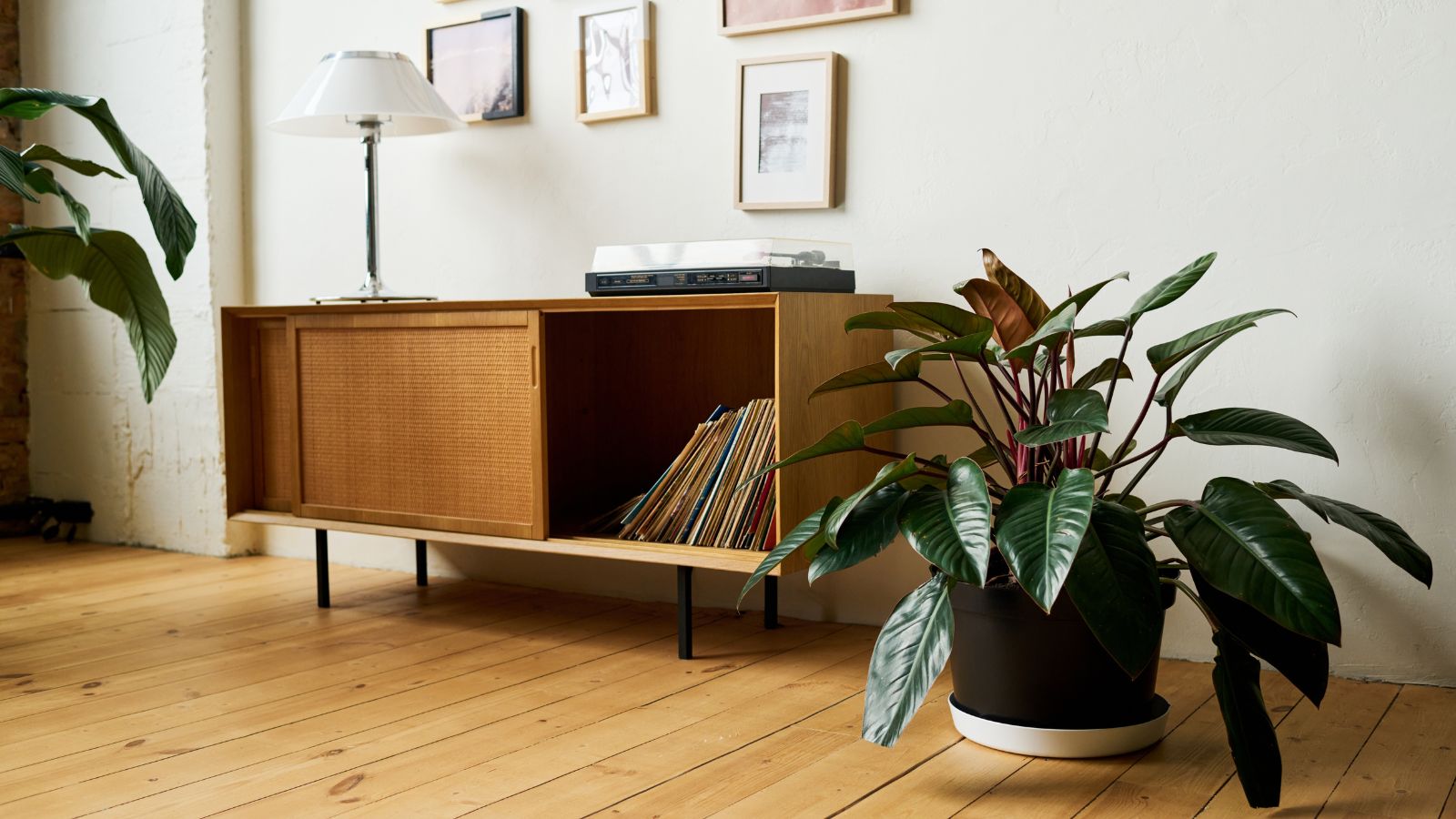
What could be better for enjoying your favorite tunes than a vinyl record player? A console record player, of course! This item was both furniture and a device, allowing people in the ‘60s to integrate their interior design with easy access to music. They often had built-in speakers and record storage as well.
Avocado Green Appliances
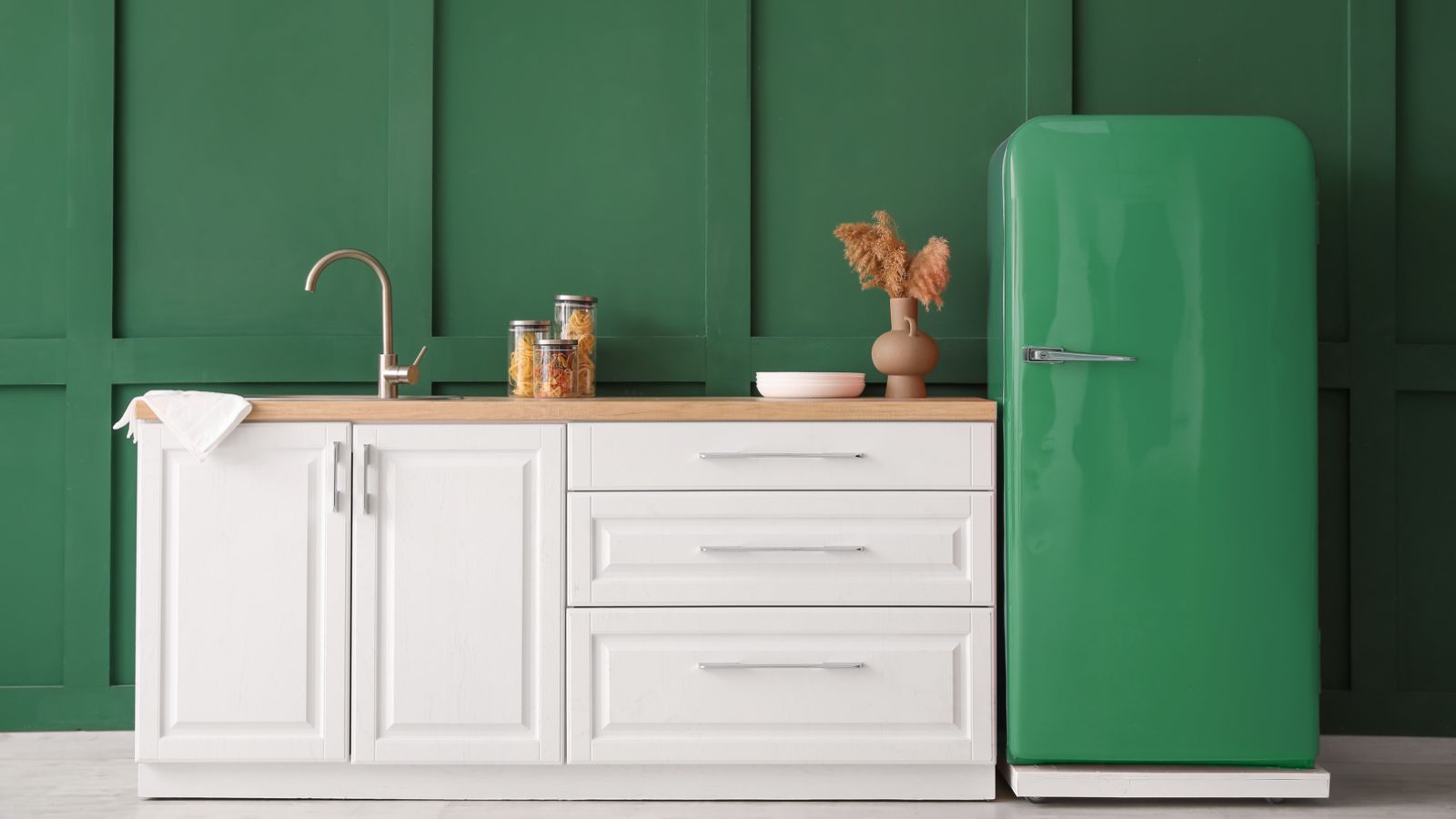
Fobes reports that some of the most popular appliance colors were “avocado greens in the ’60s.” While the modern world might have moved on to the clean, stainless steel or pristine white look, the ‘60s were all about bold color choices, especially those that were vibrant and earthy.
Sunburst Clocks
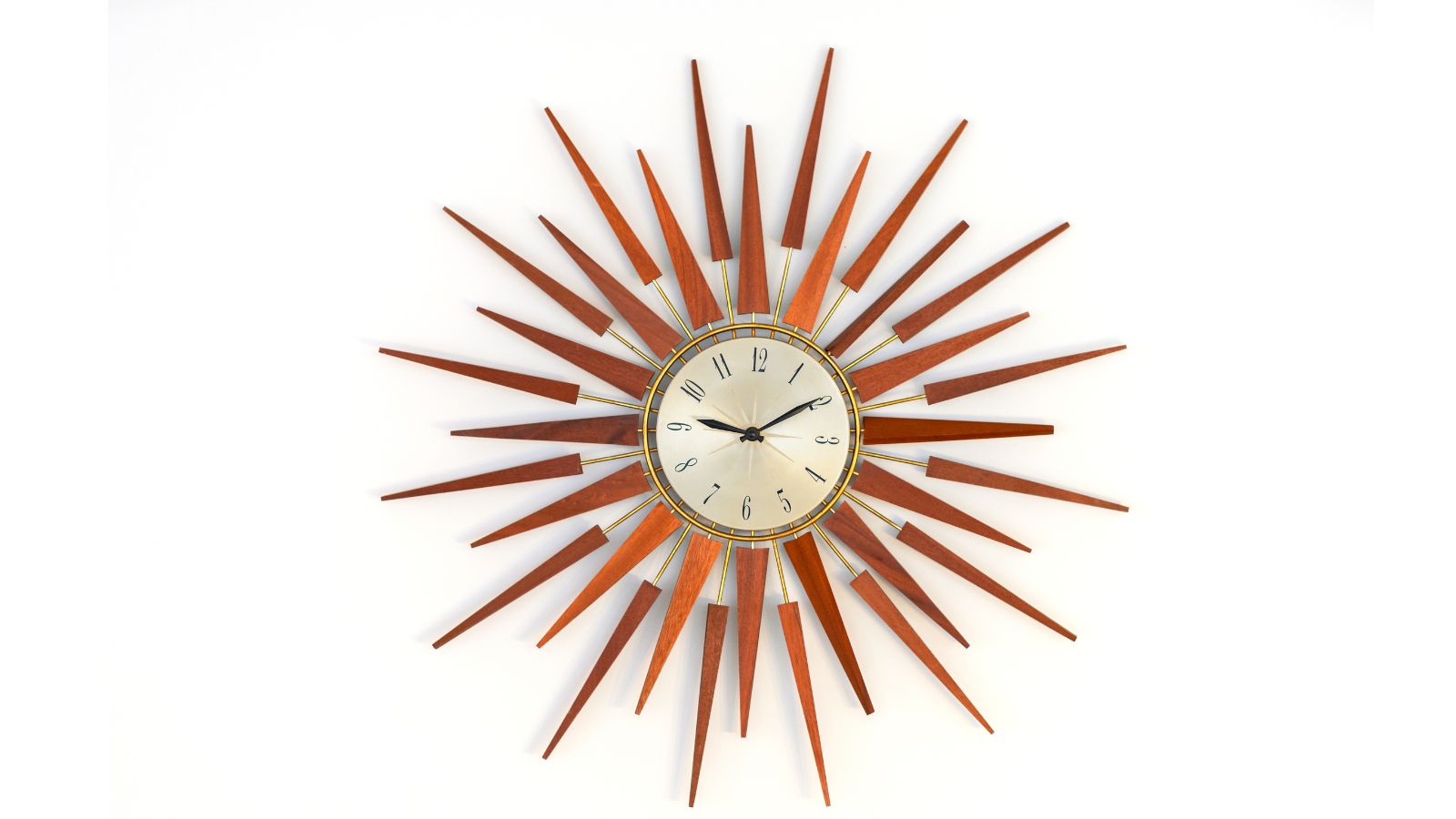
You may wonder if we even need wall clocks now that everyone has a smartphone in their pocket, but in the ‘60s, they became an iconic modern decor element. Sunburst clocks, with radiating spokes or beams to mimic sunlight, was a bold but popular statement across American living rooms and kitchens.
Tupperware Sets
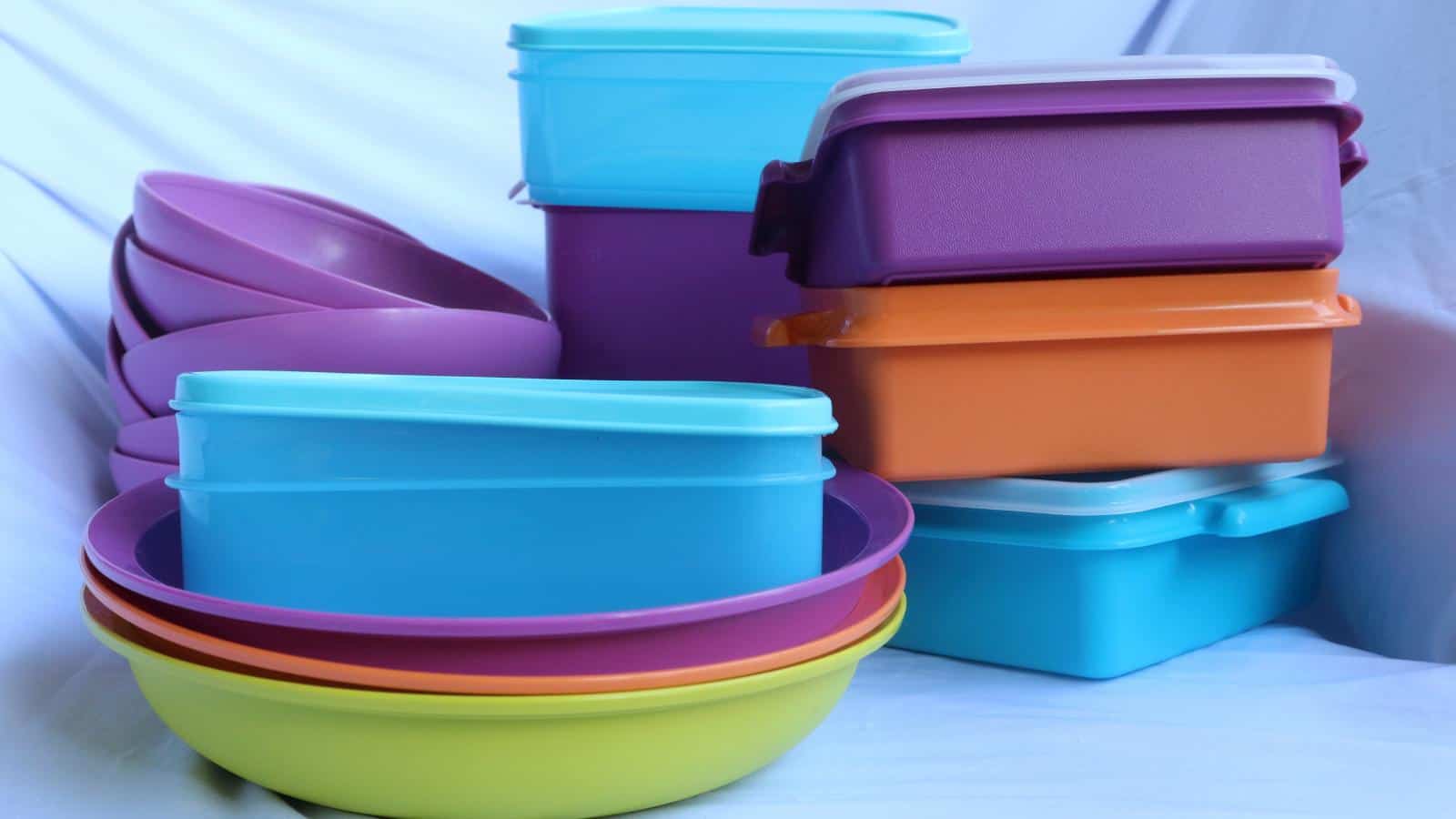
Tupperware was practically one of the stars of the ‘60s. It revolutionized food storage and organization and is still a staple item in many American kitchens. Tupperware’s airtight seals were a game-changer for keeping prepared food good to eat for longer.
Bean Bag Chairs

Like lava lamps, bean bag chairs were also a result of the counterculture movement in the ‘60s. What better way was there to show that you were cool and nonconforming than replacing a traditional armchair with an amazing bean bag chair? They were comfy, relaxing, and informal.
Formica Dining Tables
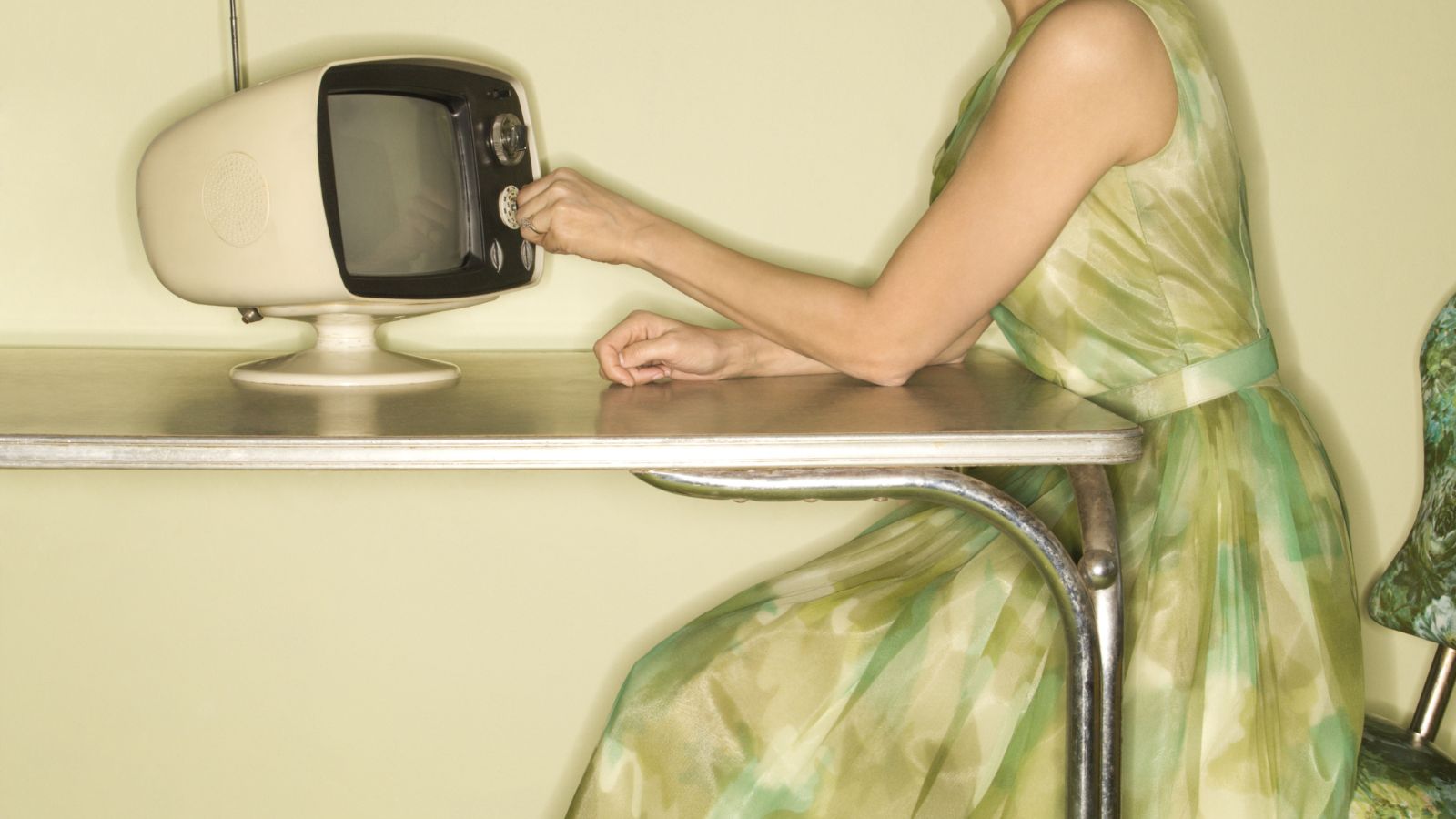
Formica was a revolutionary plastic material introduced in the ‘50s and still going strong in the ‘60s. It was easy to clean, making it ideal for use in the kitchen or dining room, and its bold patterns and shiny chrome accents were perfect for the style of the ‘60s.
Wood Paneling
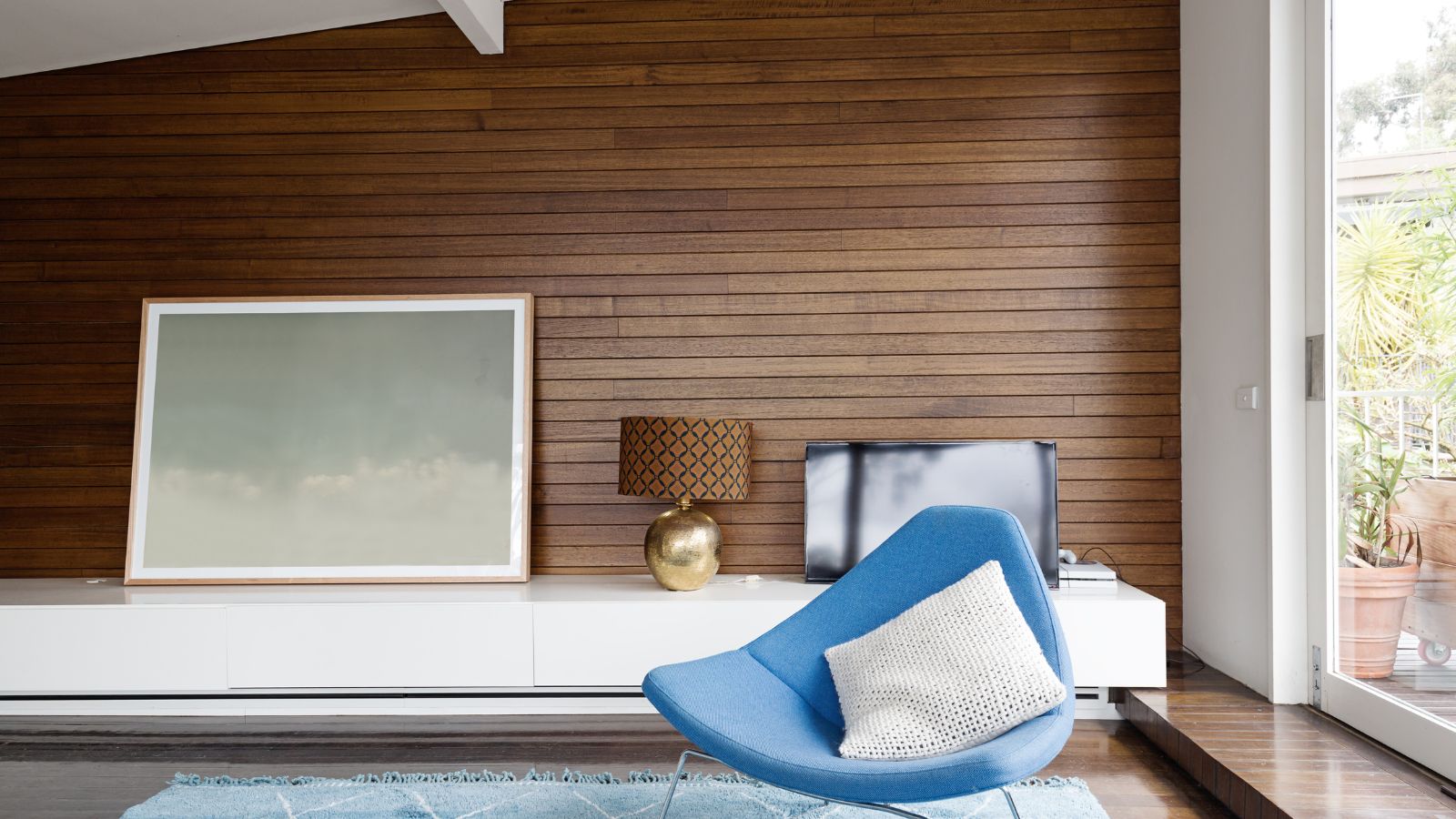
Although it rapidly went out of style around the ‘70s and ‘80s, wood paneling was all the rage in the ‘60s. It was one of the most affordable ways to make your walls feel homely, warm, and rustic, and was often paired with shag carpets to really complete the cozy atmosphere.
Aluminum Christmas Trees
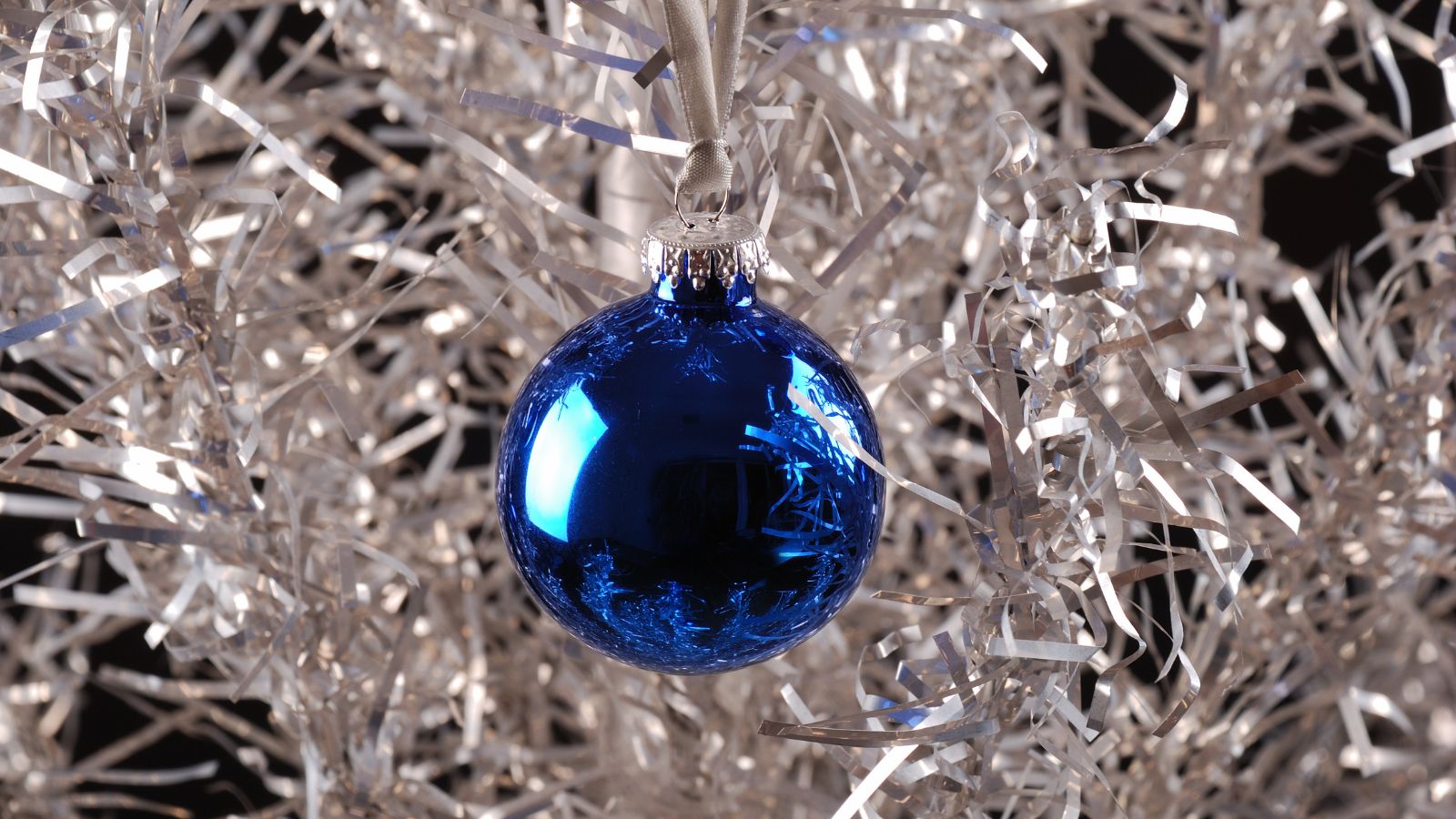
Although they might not have been seen since the ‘60s, aluminum Christmas trees were an interesting addition to the holidays. They were a shiny and metallic alternative to traditional trees and symbolized the futuristic optimism that was felt throughout the ‘60s.
TV Trays
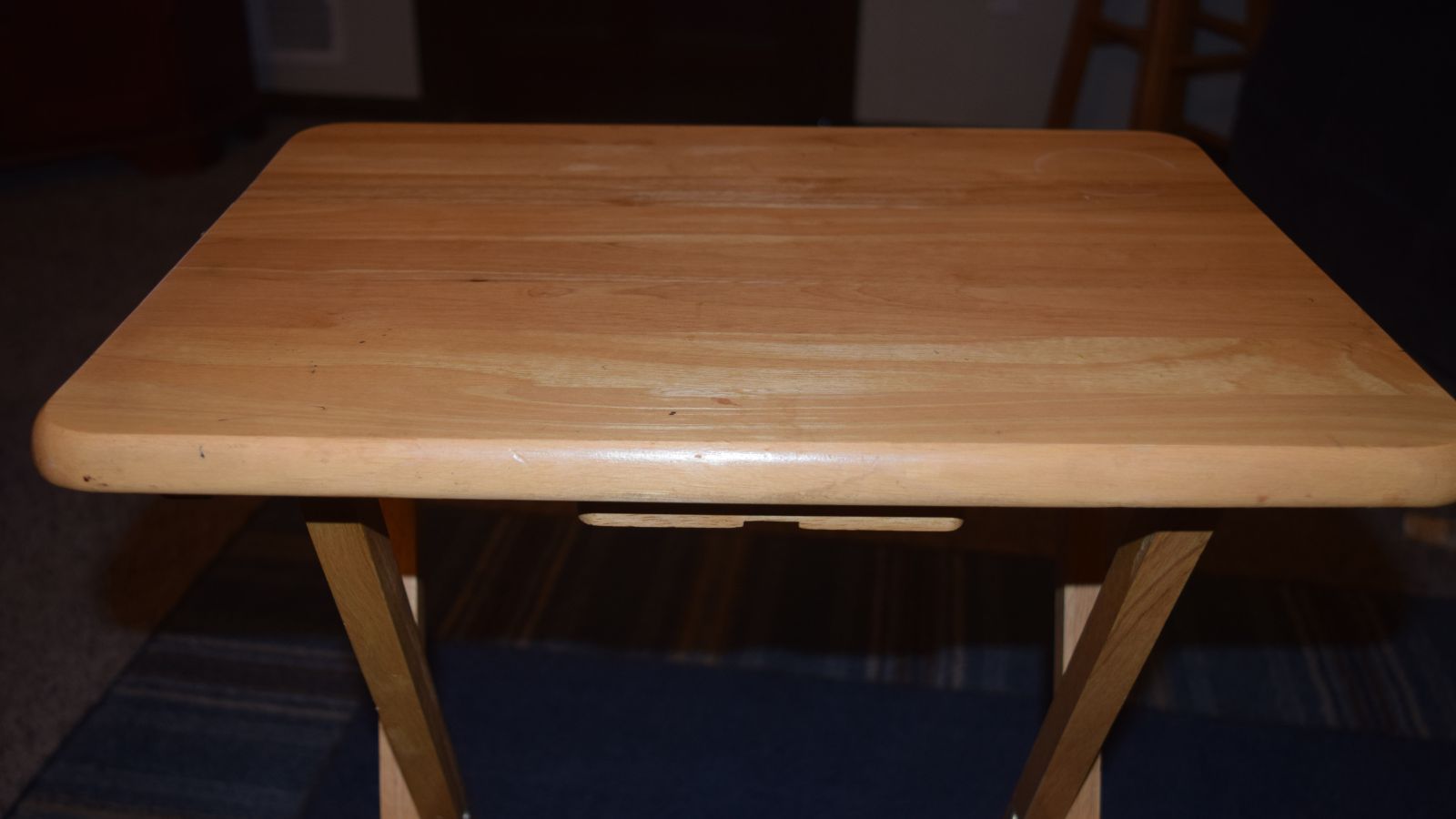
With the invention of the TV in the ‘20s, it might be surprising that we waited so long to popularize the TV tray. Enjoying meals in front of the television set has been a human habit for decades, and the tray was perfect for the growing trend of TV dinners.
Macramé Wall Hangings
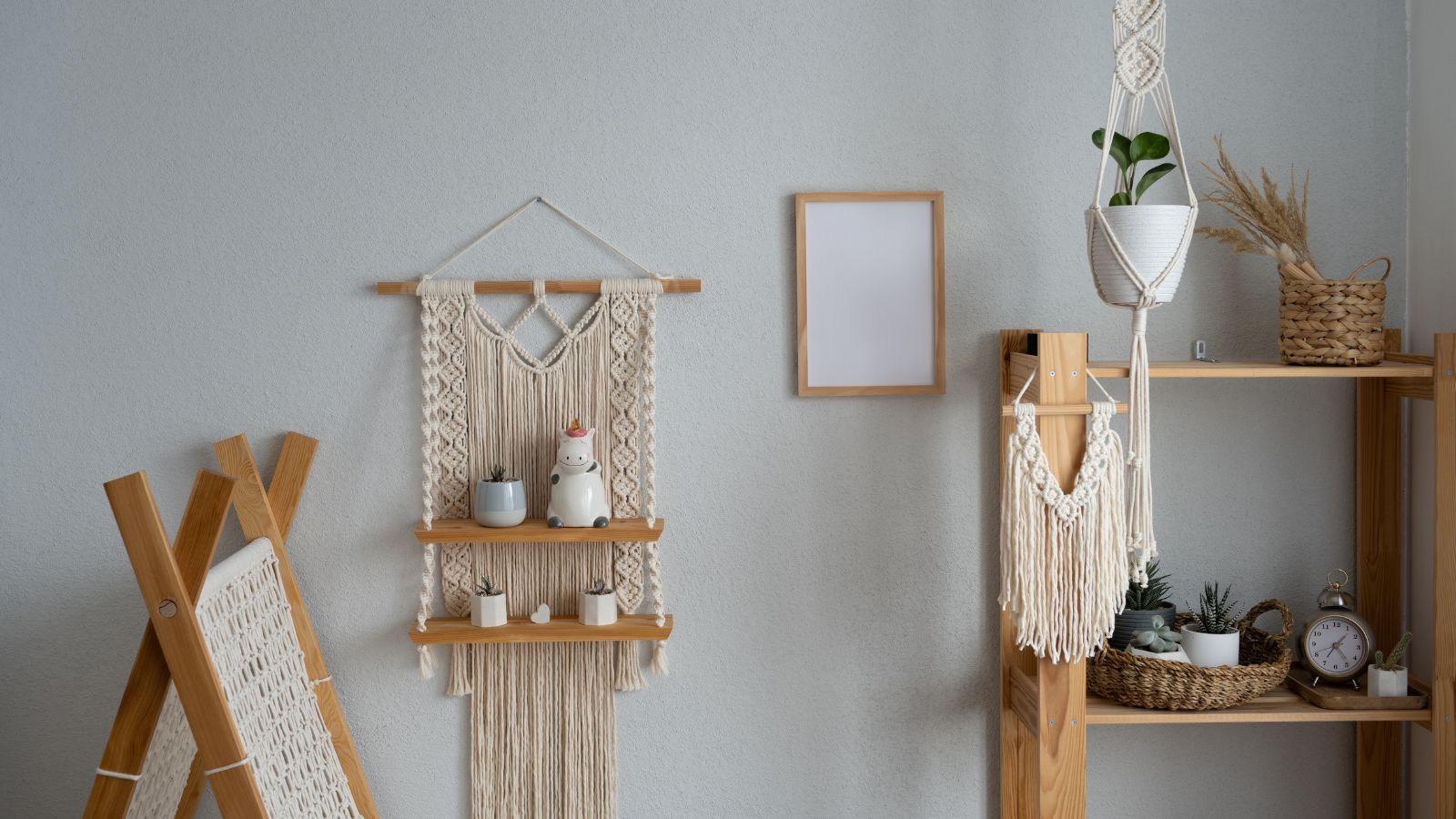
For a bohemian vibe in the ‘60s, a macramé wall hanging would be an excellent addition to any room in the house. This arts and crafts technique involves knotting cords or other thick threads to create household items like lampshades, hammocks, window coverings, and wall hangings.
Push-Button Transistor Radios

Personal radios were teenagers’ smartphones of the ‘60s and experienced a huge boom in popularity. They might be uncommon now, except in the homes of some serious radio enthusiasts, but push-button transistor radios were the hottest devices of the ‘60s.
Drapery Curtains With Bold Patterns
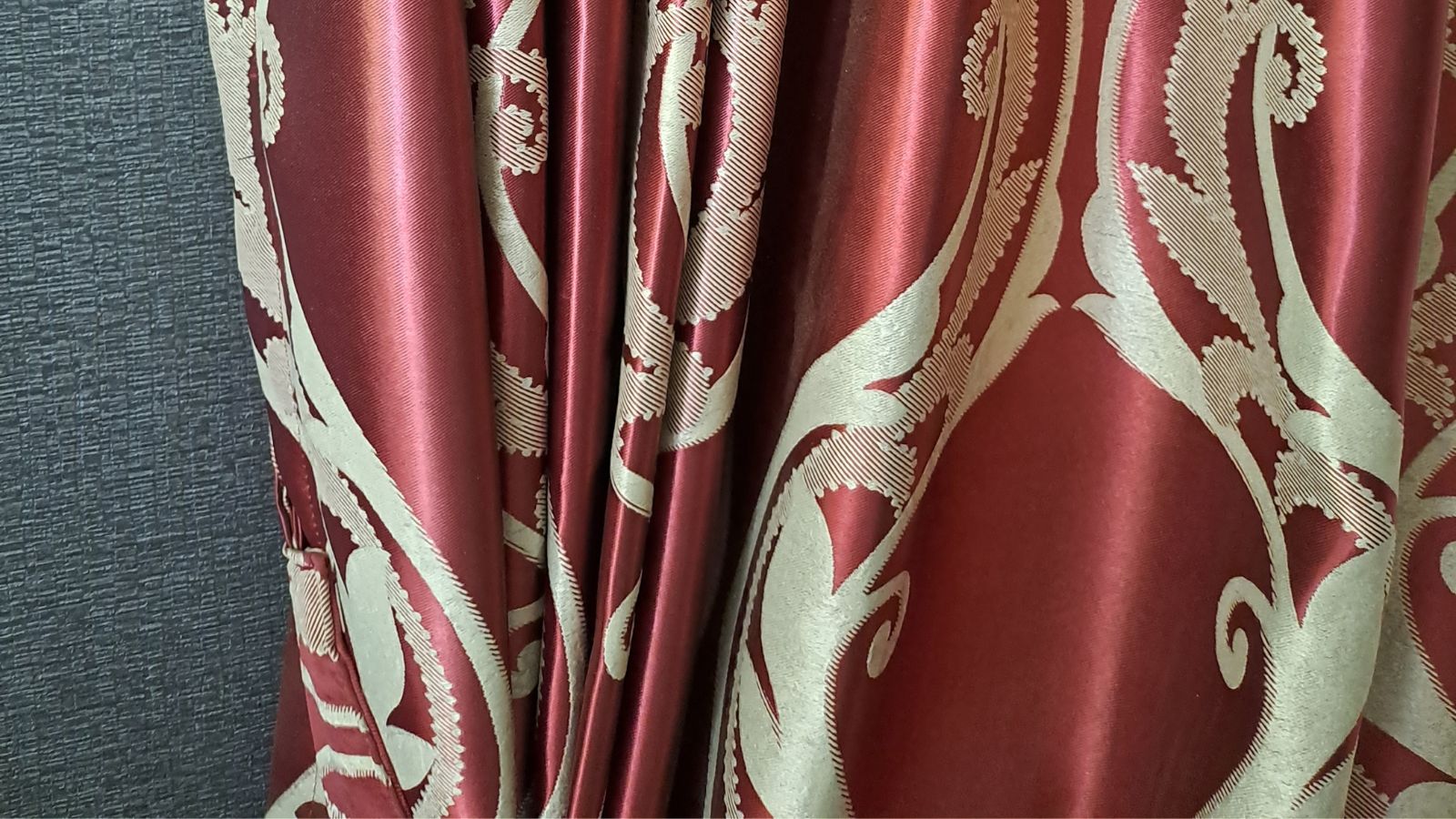
Another iconic home decor movement of the ‘60s was heavy curtains with large, colorful prints all over them. These curtains were practical, as they provided privacy and insulation for homes, but they also reflected the bold and expressive ‘60s style.
Fondue Sets
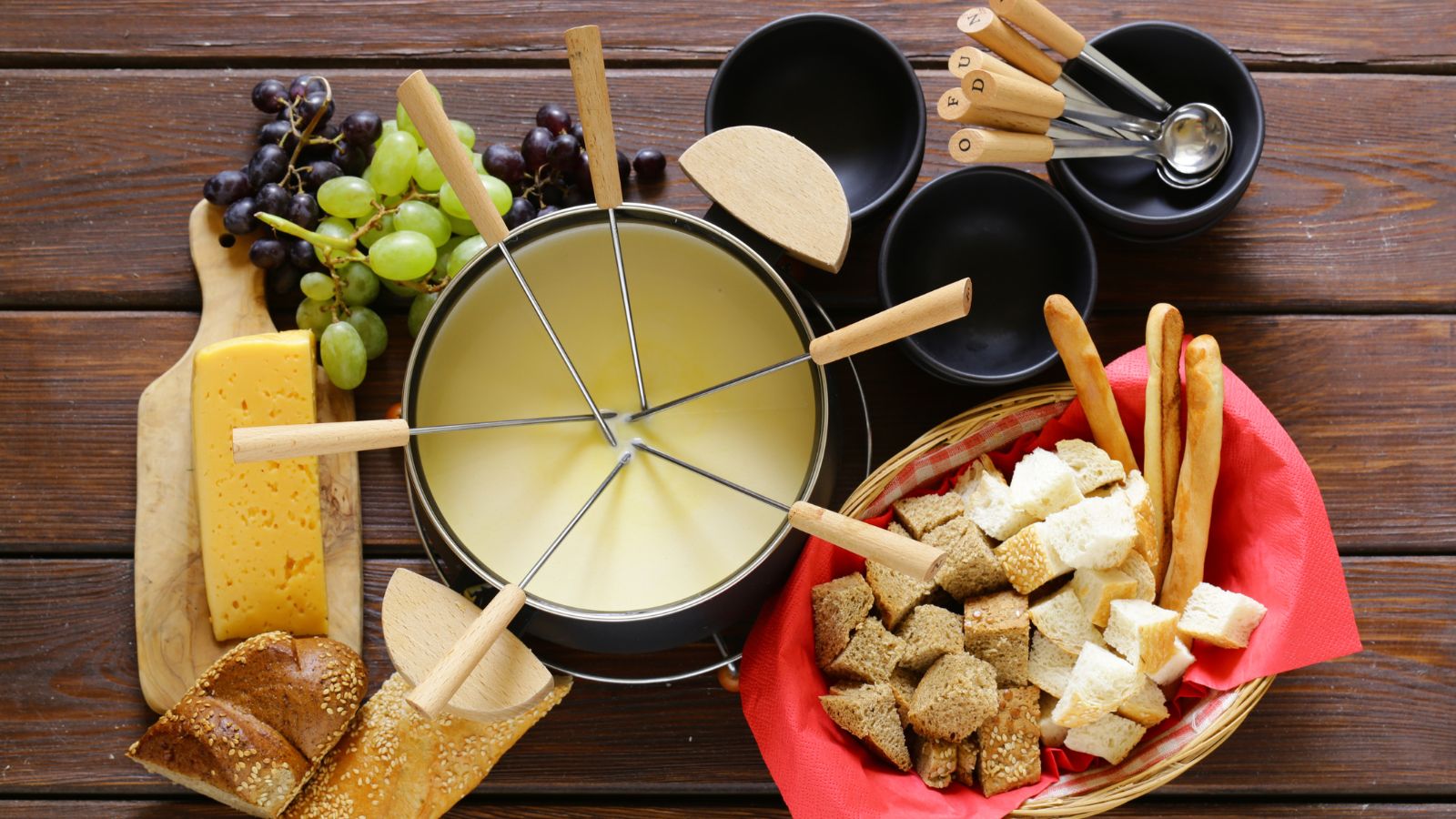
Along with fondue cookbooks, fondue sets were also bought en masse by families in the ‘60s. This tasty fad allowed for a social dining experience—great for parties—and was overall a communal and fun-loving part of dining, even if it was only brought out for special occasions.
Sputnik Chandeliers
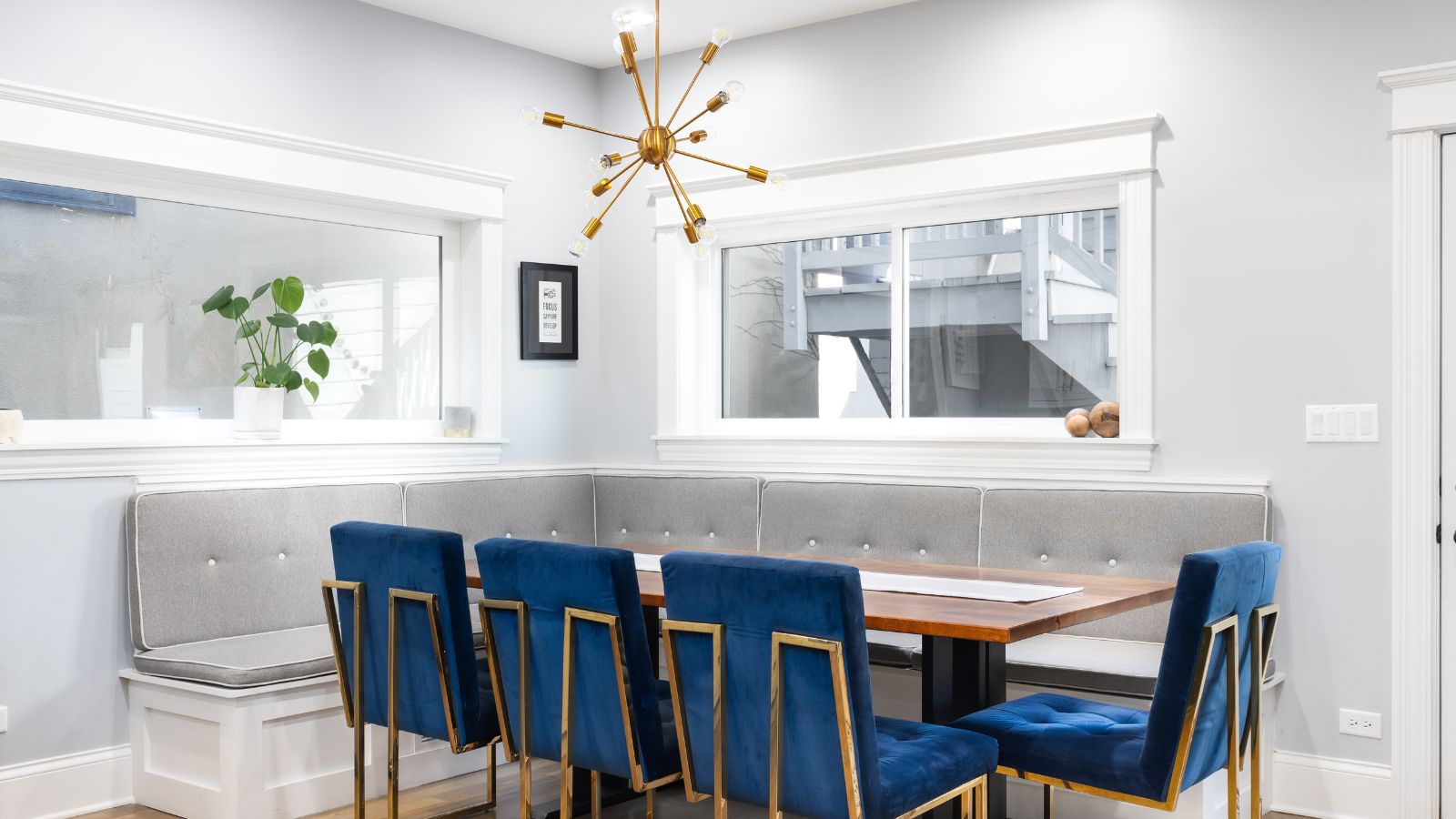
The BBC says that Sputnik 1 was “blasting into orbit on 4 October 1957,” setting off the space-age trend of Sputnik chandeliers in American homes. These futuristic lights, inspired by the space race, had multiple arms ending in bulbs to resemble satellites.
Polaroid Instant Cameras
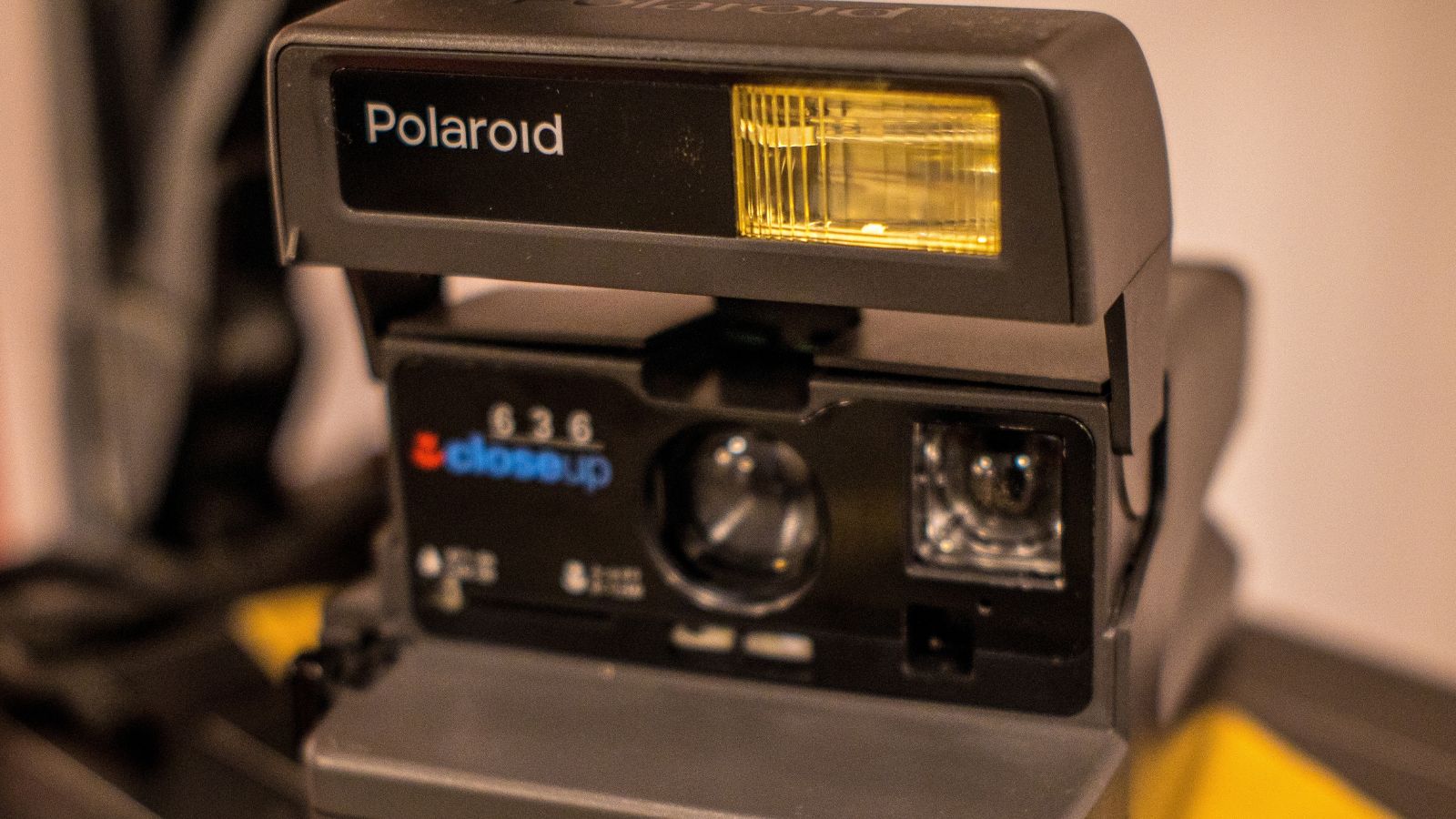
Finally, we’ve come to one of the most iconic devices of the ‘60s: the Polaroid instant camera. This was a huge step up from having to develop your rolls of film – instead, one quick snap would preserve your family memories. They became symbols of innovation and spontaneity in the ‘60s.
Up Next: 17 Phrases Older People Use That No One Else Gets
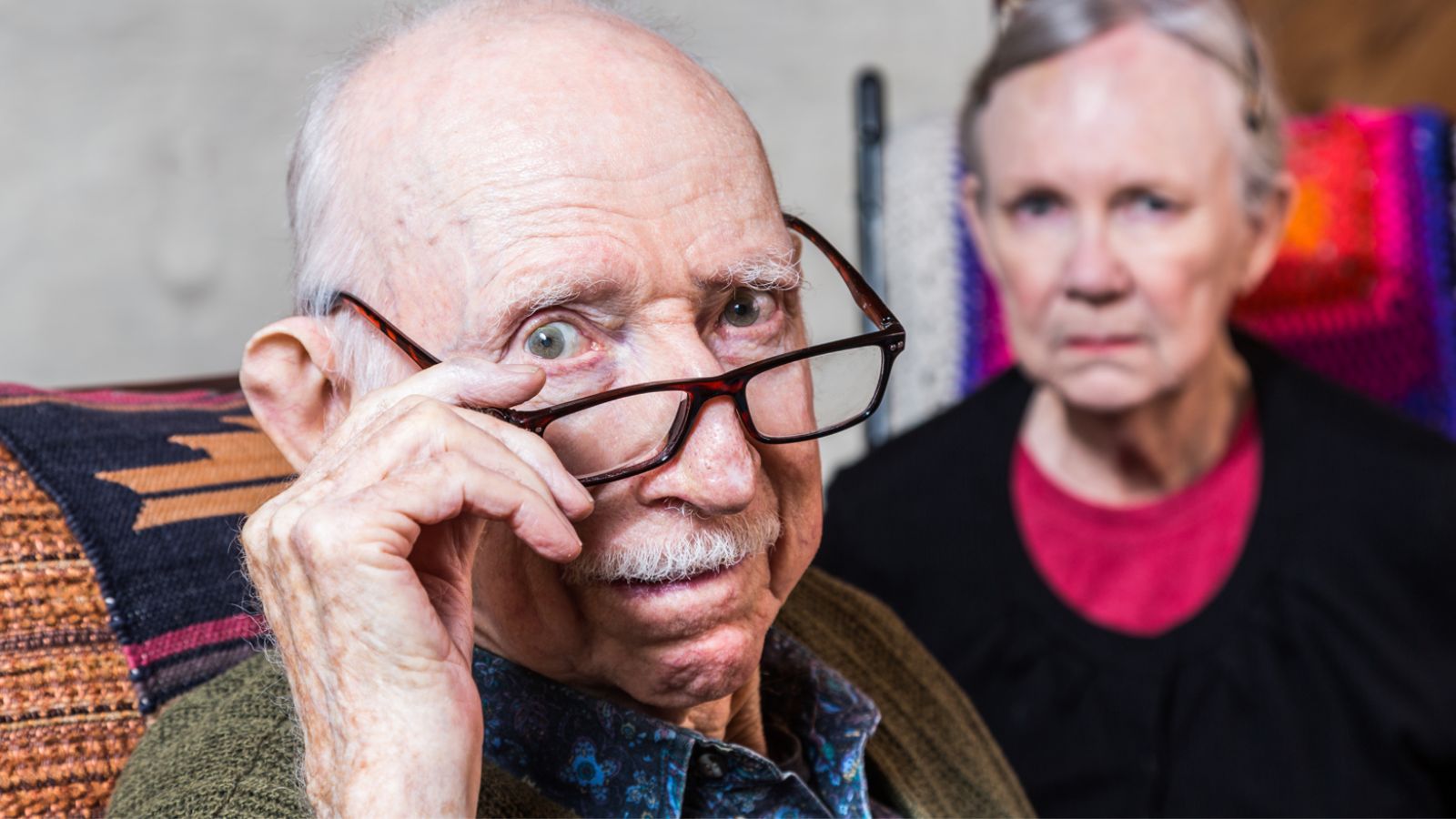
Each and every generation has its own phrases and sayings that separate it from the rest, and the boomers certainly have plenty. Discover 17 popular boomer phrases that aren’t often used today and what they mean. Maybe you’ll want to bring some of them back!
17 Phrases Older People Use That No One Else Gets
People Who Don’t Show Empathy Usually Have These 18 Traits

The world would be a better place if everyone had a little more empathy. But sadly, in reality, some people show much less empathy than we’d like. Here are 18 traits of people who don’t show empathy.
People Who Don’t Show Empathy Usually Have These 18 Traits
The 17 Unhappiest States in America

The US has hit an all-time low position in the World Happiness Index, tumbling to 23rd in 2024. However, it’s important to remember that location is an important factor; many US states are very happy, unlike the following 17 US states that appear to be the most unhappy.
